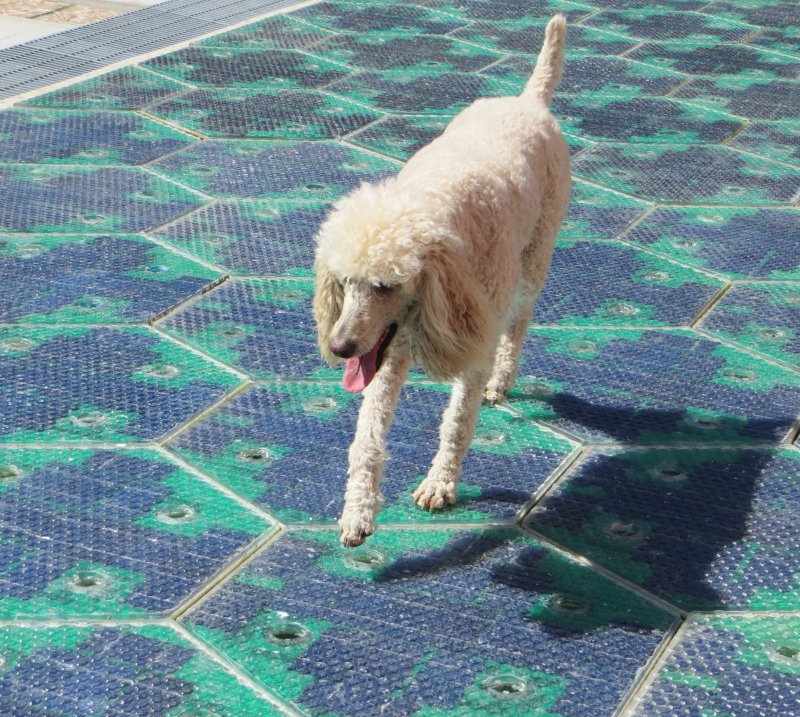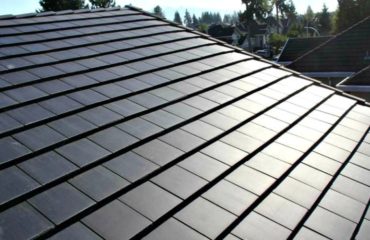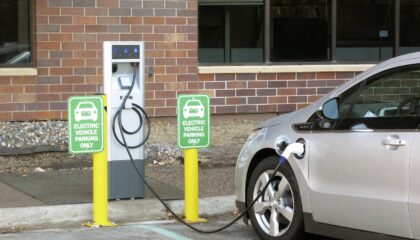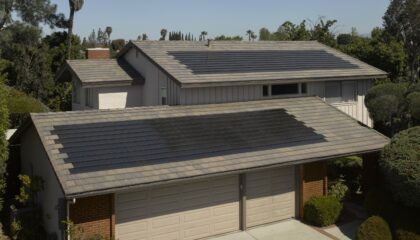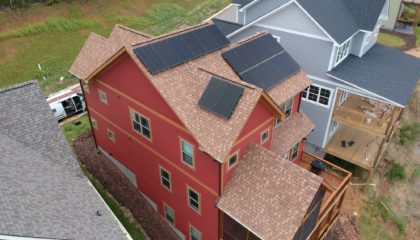New solar innovations pop up in the growing industry on a regular basis. Sometimes, innovations just improve efficiency by fractions of a percent, quietly helping in the climb toward higher efficiency.
However, several new findings put higher efficiency on the horizon of solar panels with flashy recreations. Today, according to Energy Sage, the best solar panels convert about 22% of absorbed sunlight into energy and cost $2.87 to $3.85 per watt.
Silicon Replacement
Agency of Science Technology and Research created a compound to replace silicon. In the average solar panel, silicon converts sunlight to energy. Before now, the only possible replacement was toxic Tulluride. The compound, called CZTS, an acronym for copper-zinc-tin-sulfide could change the game of solar panels with 30% efficiency.
Korean scientists also discovered a possible replacement. Perovskite is an element that can convert sunlight to energy, but it is very unstable. Scientists added flourine to protect the perovskite layer from moisture which causes it to degrade. The panels are not perfect yet, but perovskite is more efficient than silicone. They may be the panels of the future.
Transparent Solar Panels
With new transparent solar panels, solar energy may be produced where it could not be before. Unlike the familiar silicon panels seen on roofs, these panels only absorb invisible light. On the bright side these panels can be put on any windows, smart phone screens, or any clear surface. If solar panels covered all the glass in America, these transparent panels double the potential energy solar could offer, making up almost 80% of the national energy demand.
Better Batteries
Scientists work to improve storage batteries as well as panels. Storage batteries moved the solar industry into new territory of microgrids, an innovation themselves. Storage batteries are lithium batteries. Scientists at Berkeley found materials store Lithium in ordered and disordered fashions. Currently, batteries are made with materials that order lithium and other materials in neat layers. However, disordered organization stores more lithium. Scientists identified a criterion to use in predicting how materials will organize lithium. They also found adding flourine increases storage, stability, and fire safety.
It Takes Time
As exciting as these innovations are, they won’t make a splash immediately. New ideas often cost more. Solar roadways hit the market last December. However, the first project sold for $5.2 million for a kilometer length road. Like the very first solar panels, cost is not always effective, but with time and even more innovation, these great tools will be available for the average homeowner or community.
The cost of solar panels continues to fall, and hopefully, CZTS, transparent solar panels, and even solar roads follow the same trajection. A future is possible where solar is a part of what we drive on or in, our windows, and even our touch screens. It just requires more innovation.

